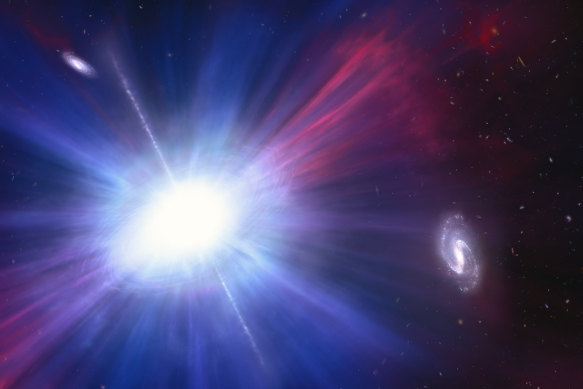-
UT’s Women’s Resource Agency promotes safe workout space with HustleHer Series

UT’s Women’s Resource Agency promotes safe workout space with HustleHer Series – The Daily Texan Close Modal Window
-
Van Vleck Observatory Opens Its Doors for Community Outreach
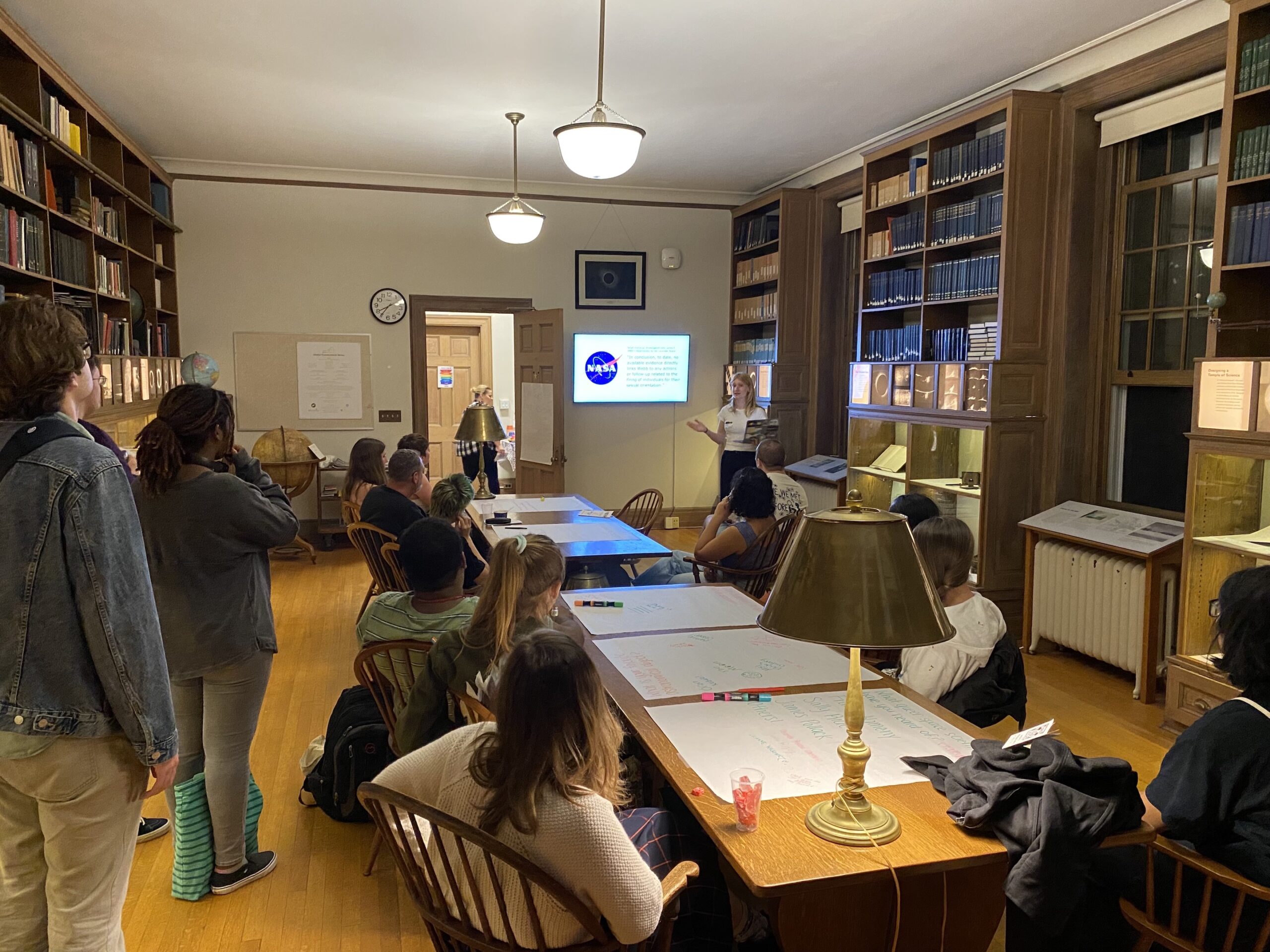
c/o Rewa Bush For decades, the University’s Astronomy Department has hosted public outreach programs at its home, the Van Vleck Observatory — that is, until the COVID-19 pandemic forced the observatory to close its doors. This fall, new efforts by students, faculty, and community members have led to the resurrection of public programming in full…
-
Watch SpaceX’s Starship launch for 2nd time ever on Nov. 18
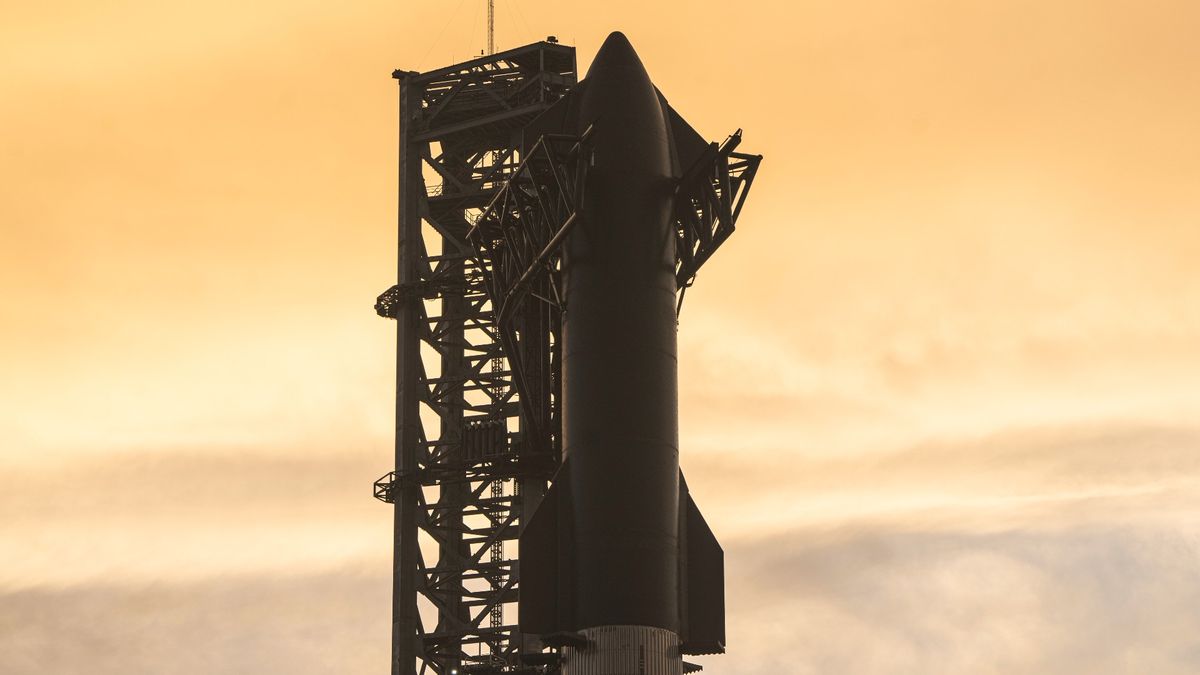
Update for Nov. 18: SpaceX says all systems and weather are GO for its second Starship launch test today at 8 a.m. EST (1300 GMT). You can watch it live here beginning at 7:30 a.m. EDT (1230 GMT). SpaceX plans to launch its Starship vehicle for the second time ever on Saturday (Nov. 18), and…
-
‘Peculiar’ aurora-like radio signal from sunspot discovered for the 1st time
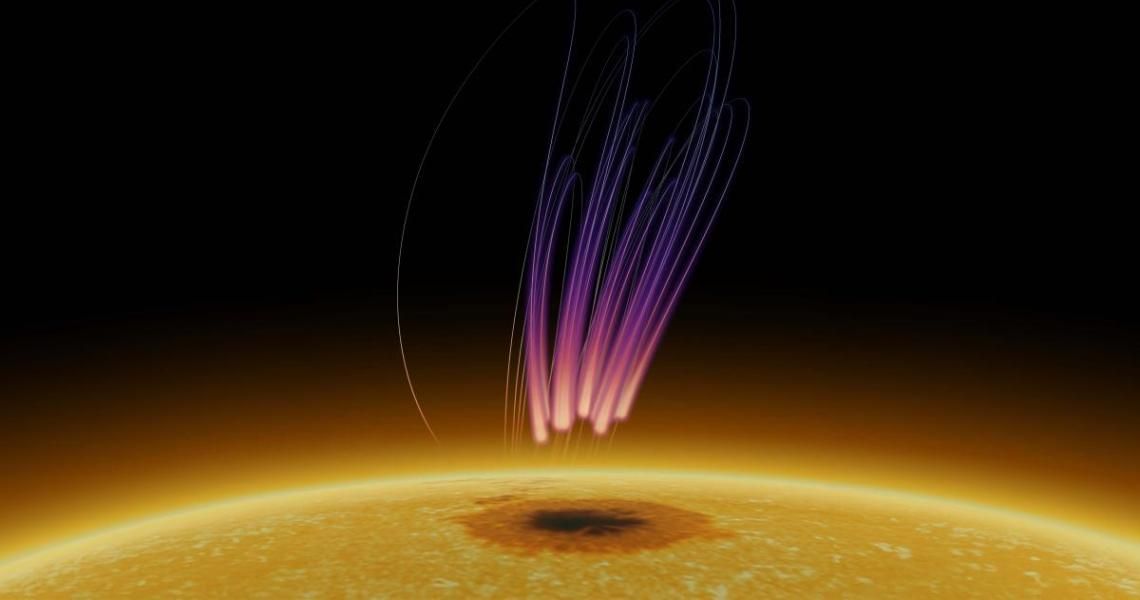
Solar scientists have observed a stunning display of radio waves over a sunspot, and these emissions strikingly resemble auroral displays on Earth known as the Northern Lights. Happening around 25,000 miles (40,000 kilometers) over a dark, relatively cool patch of the sun, these “auroral” radio emissions could not only shine a light on the dynamics…
-
Einstein must be wrong: How general relativity fails to explain the universe
Einstein’s theory of gravity — general relativity — has been very successful for more than a century. However, it has theoretical shortcomings. This is not surprising: the theory predicts its own failure at spacetime singularities inside black holes — and the Big Bang itself. Unlike physical theories describing the other three fundamental forces in physics — the electromagnetic…
-
Massive gamma-ray burst reached Earth’s upper atmosphere
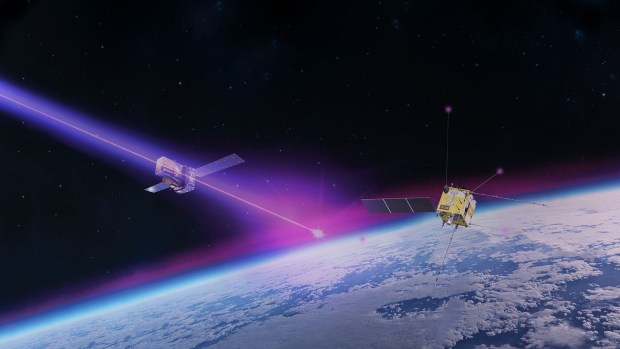
An artistic impression of a gamma-ray burst from a galaxy almost two billion light-years away. Credit: ESA/ATG Europe; CC BY-SA 3.0 IGO It came from somewhere 2 billion miles away. And when it arrived in October of 2022, the gamma-ray burst lit up the entire ionosphere. Now astronomers are working in a whole realm of…
-
“Fluffy” exoplanet filled with water, sulphur and sand rain

Astronomers have used the James Webb Space Telescope (JWST) to identify clouds of water vapour, sulphur dioxide and silicates on a nearby exoplanet. European researchers found the compounds on WASP-107b, an exoplanet some 200 light-years from Earth. With the mass of Neptune and the size of Jupiter, WASP-107b is not a dense planet – in…
-
This dead star is bursting back to life
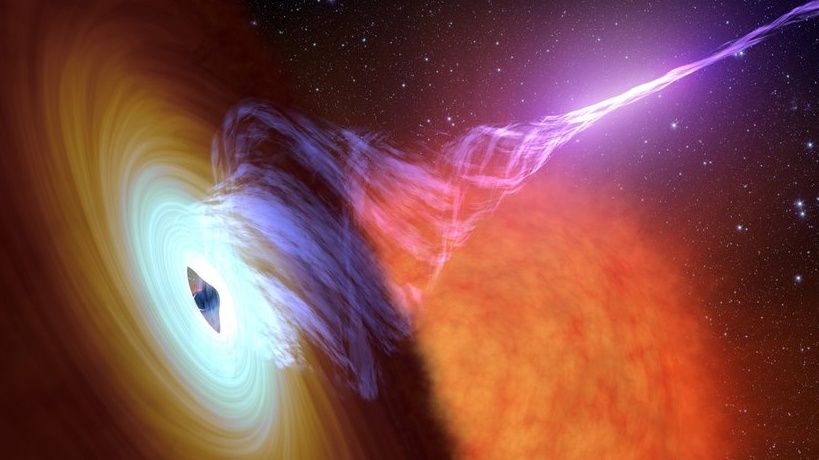
It would appear that a distant star has sprung back to life after its explosive death, blasting out repeated energetic flares over a period of several months that are like nothing astronomers have seen before. Though each flash lasts just a few minutes even 100 days after the first eruption, they all remain as bright…
-
‘A galactic war of aliens’? The colossal ‘Tassie devil’ exploding in space
Normal text sizeLarger text sizeVery large text size A colossal cosmic cataclysm exploding with the intensity of an entire galaxy of stars has gobsmacked astronomers, who say the detonations of hot, blue-white light upend our understanding of how the laws of physics are supposed to operate. And the puzzling phenomenon has been named after Australia’s…
-
Webb Telescope Peers into Puffy Planet with Clouds of Sand
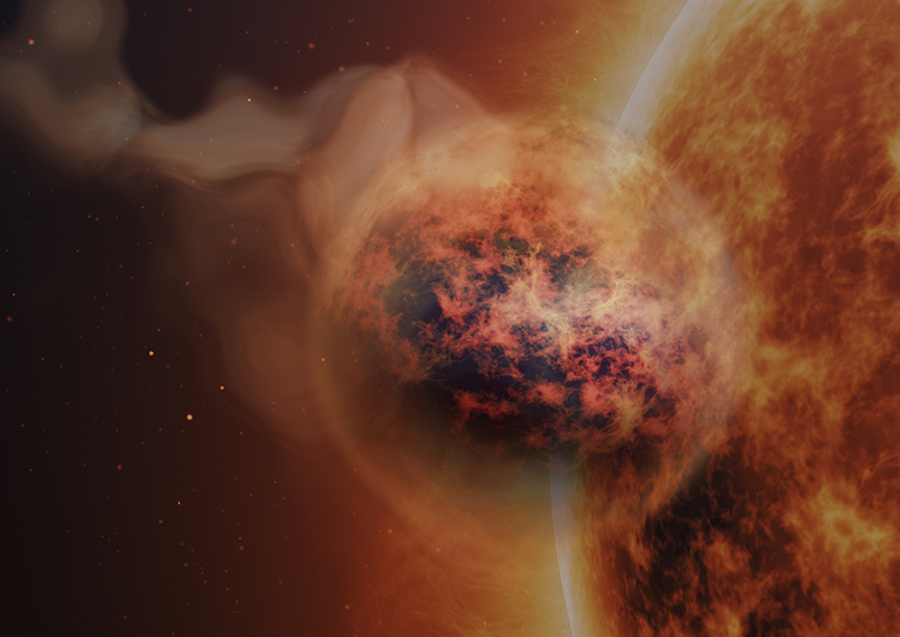
Artist’s impression of WASP-107bMichiel Min / European MIRI EXO GTO team / ESA / NASA / Klaas Verpoest (LUCA School of Arts, Belgium) It’s a strange world not even the most imaginative science fiction authors ever came up with: a planet only twice as dense as Styrofoam, enveloped in high-altitude clouds of tiny sand particles.…
